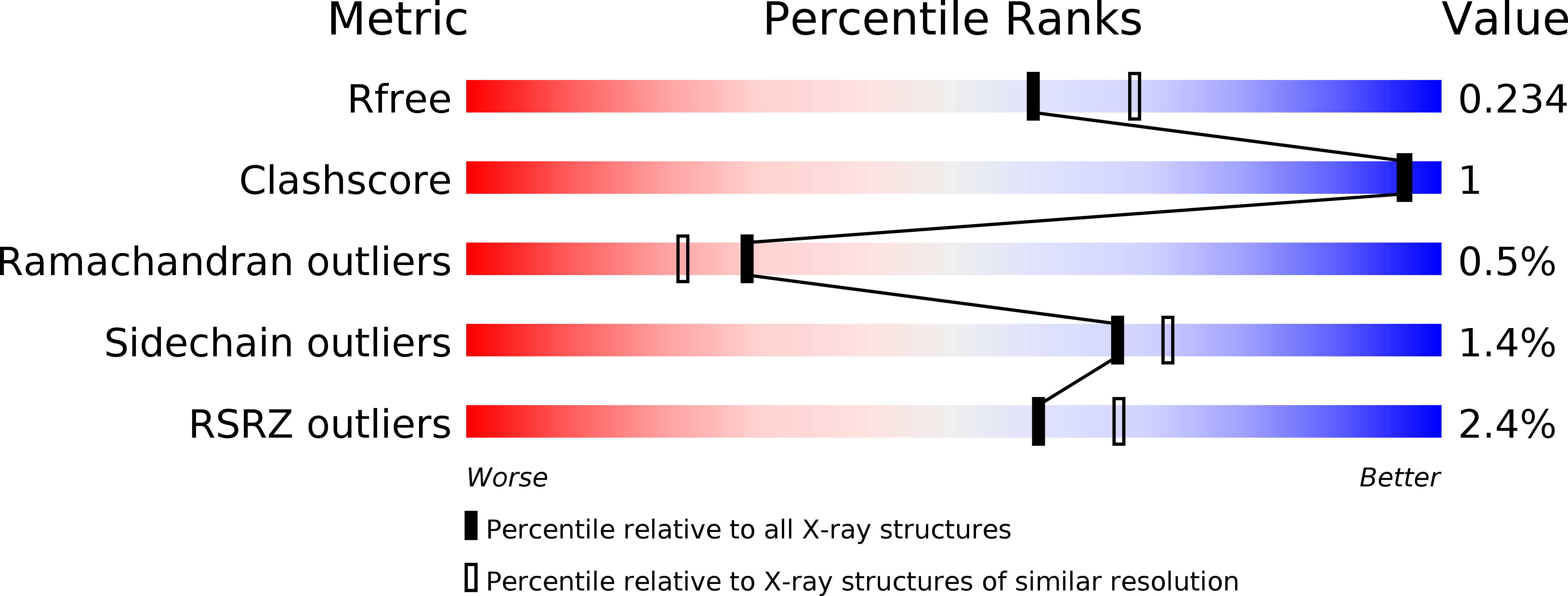
Deposition Date
2019-06-02
Release Date
2019-06-12
Last Version Date
2023-09-27
Entry Detail
PDB ID:
5BKE
Keywords:
Title:
Crystal structure of AAD-2 in complex with Mn(II) and N-oxalylglycine
Biological Source:
Source Organism:
Host Organism:
Method Details:
Experimental Method:
Resolution:
2.15 Å
R-Value Free:
0.23
R-Value Work:
0.18
R-Value Observed:
0.19
Space Group:
C 1 2 1


